02. Step-By-Step Guide to Selecting the Right Option Strategy

Options trading is a very complex but highly profitable field. However, besides the huge number of variables involved, the vast array of options strategies adds to the confusion of the trader. As in cricket where a batsman cannot thrive if he can play only one stroke, options trading also needs a trader to have multiple strategies under his belt to succeed.
The problem for a novice trader is selecting the right option trading strategies for the situation. To tackle this problem, we look for a step-wise approach to arrive at the right option trading strategies.
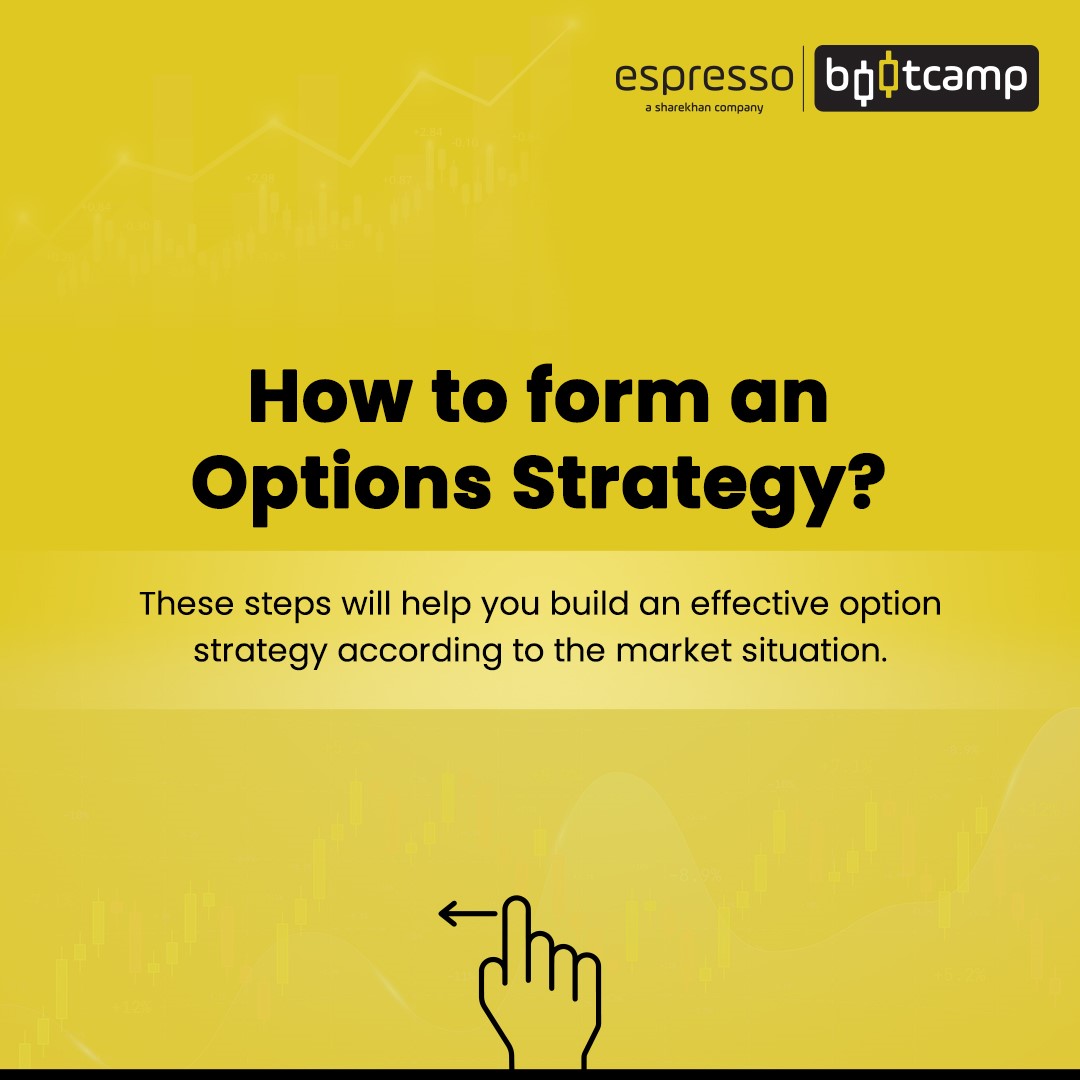

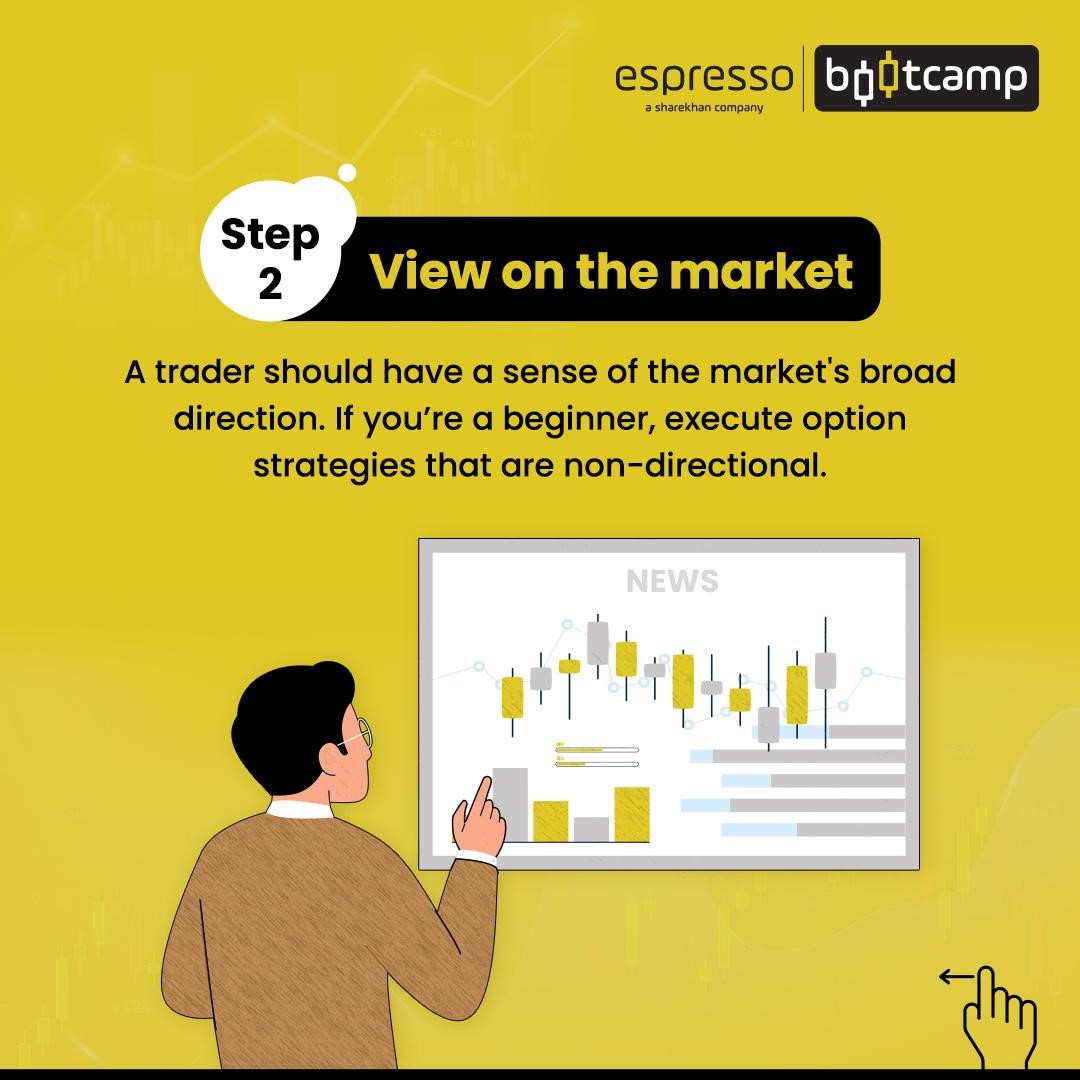
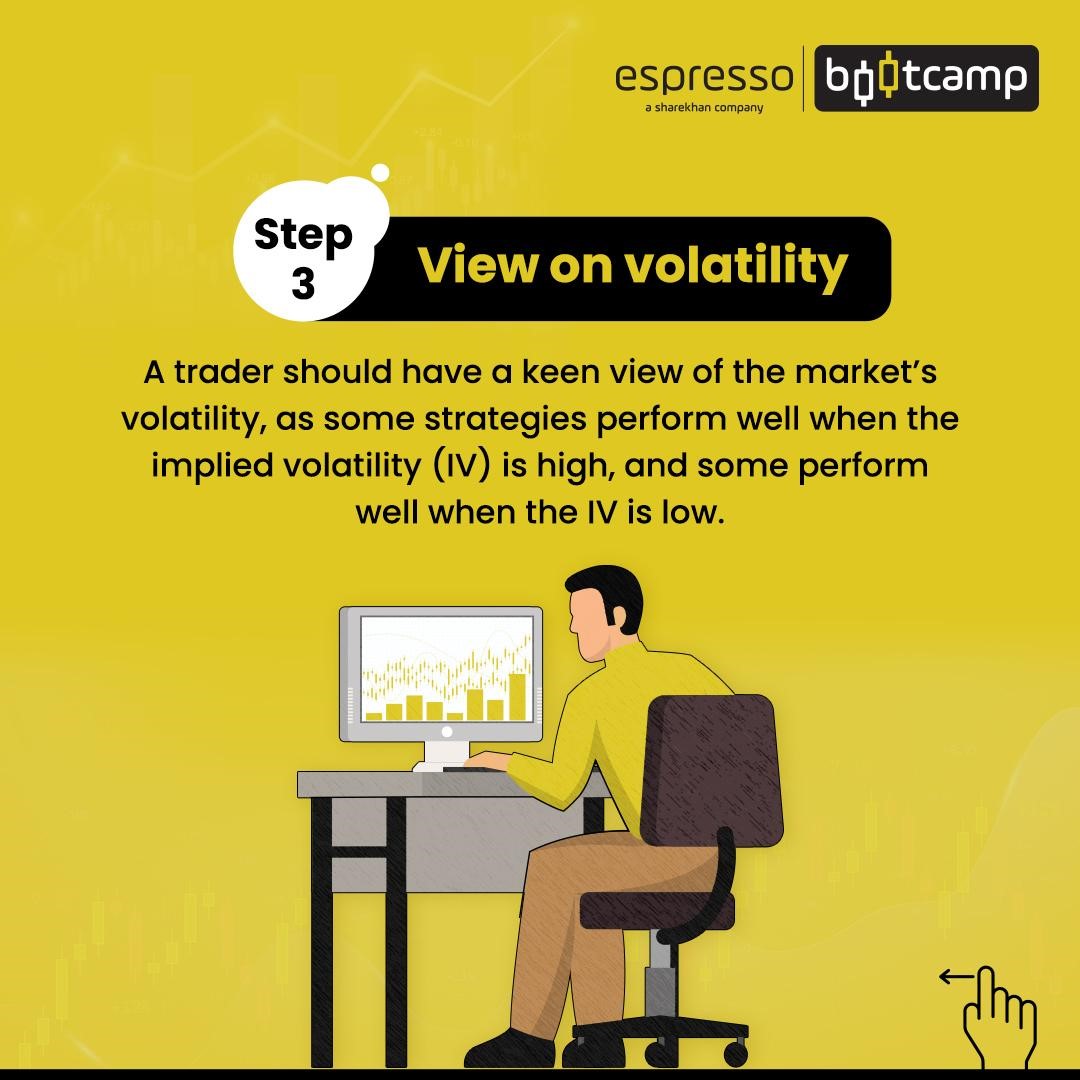
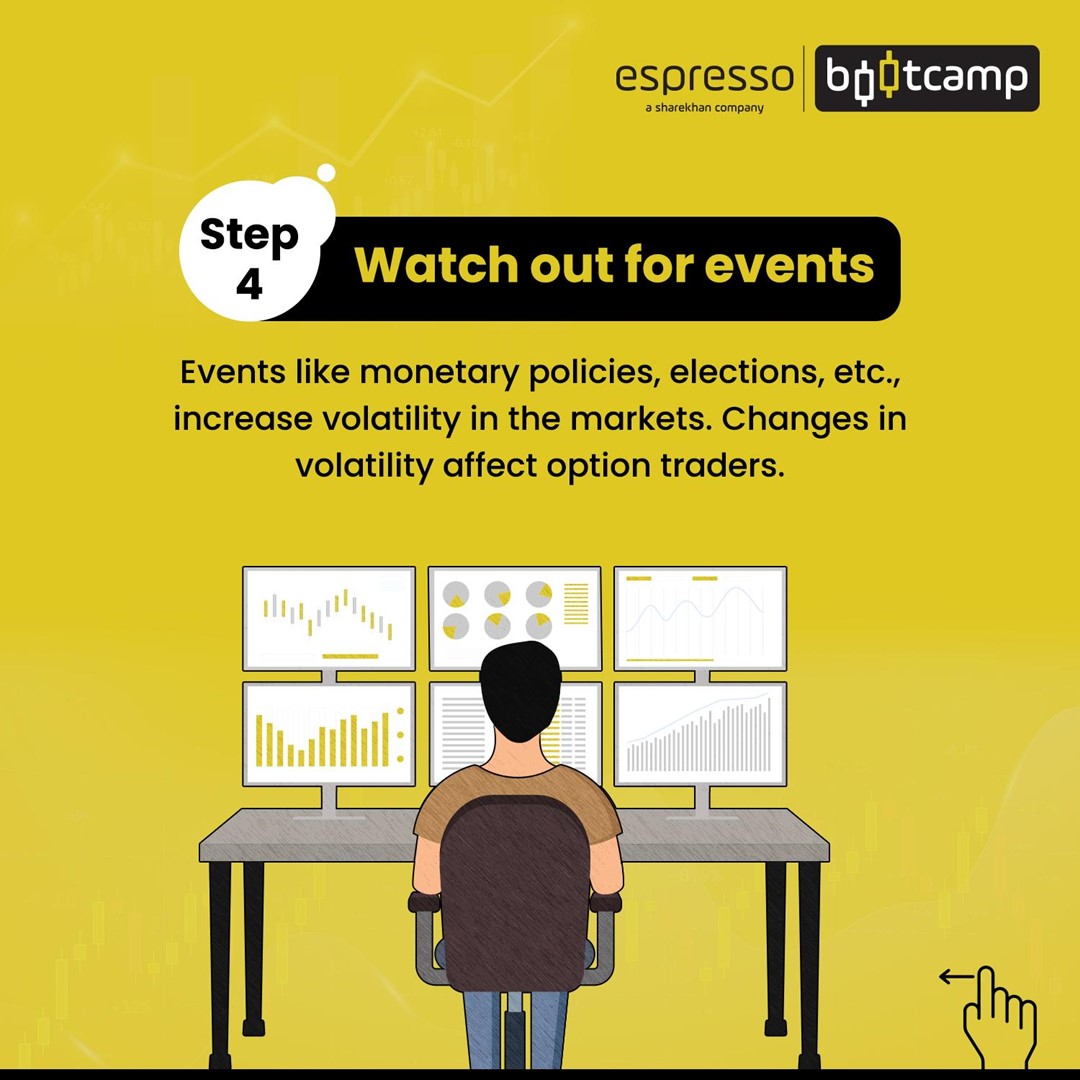
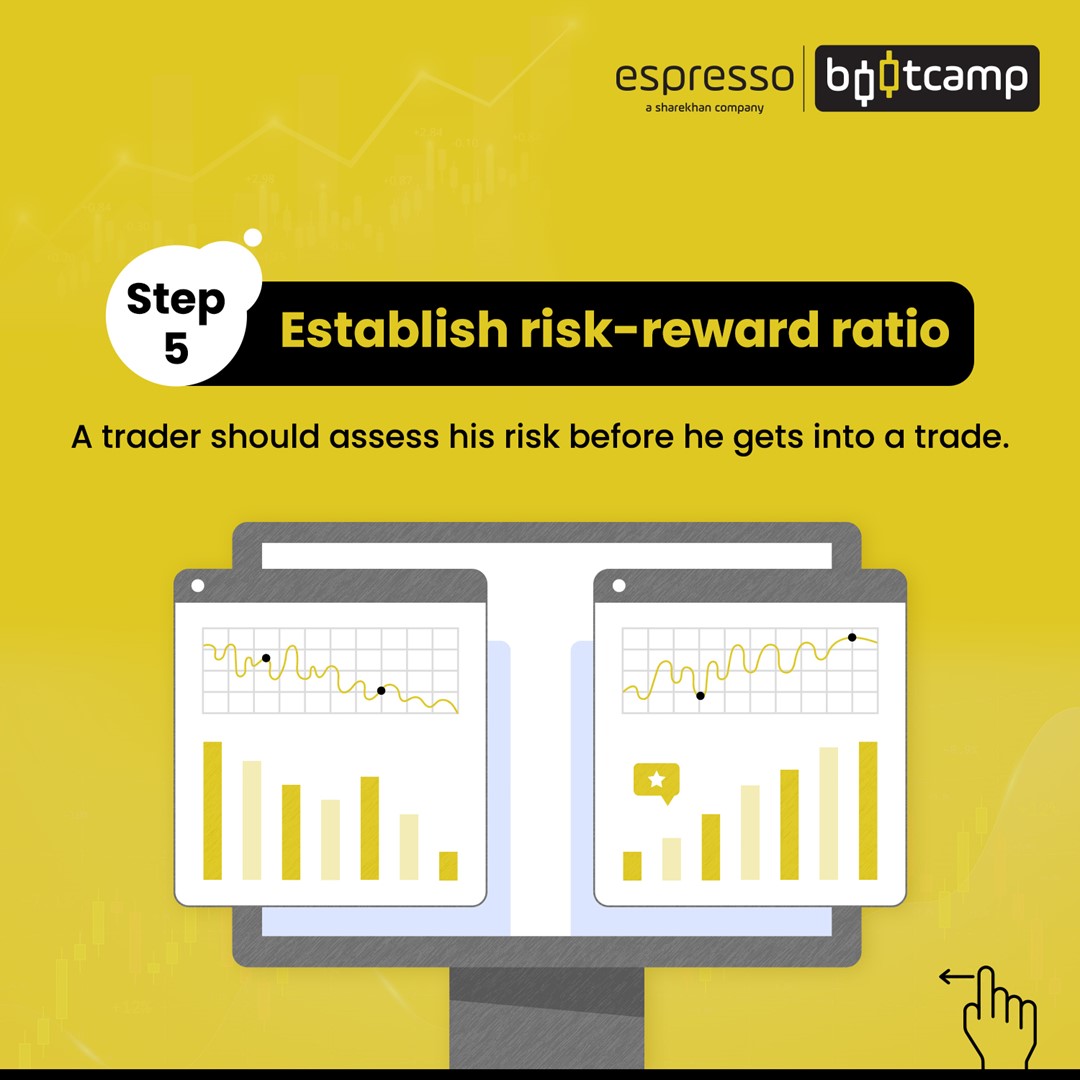
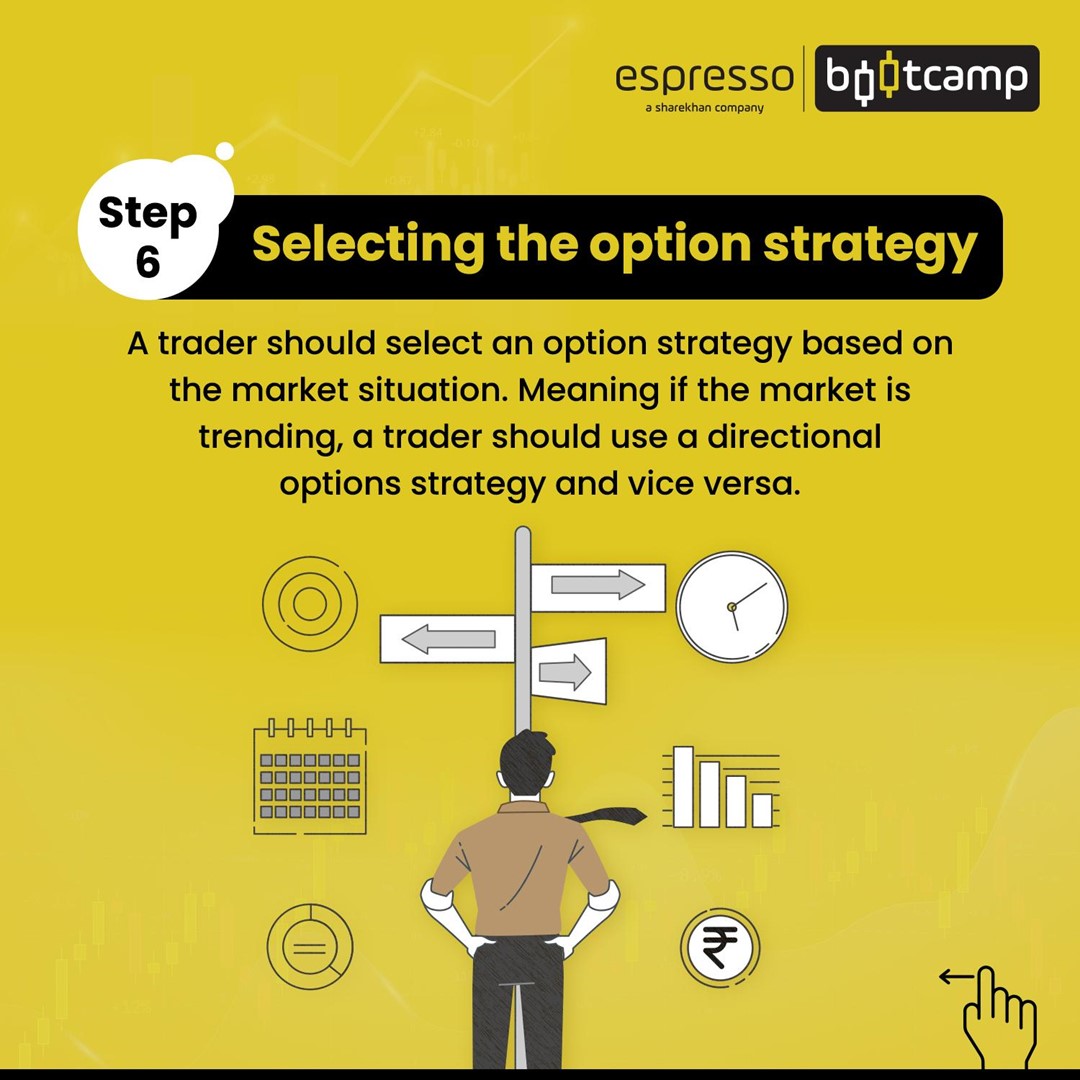
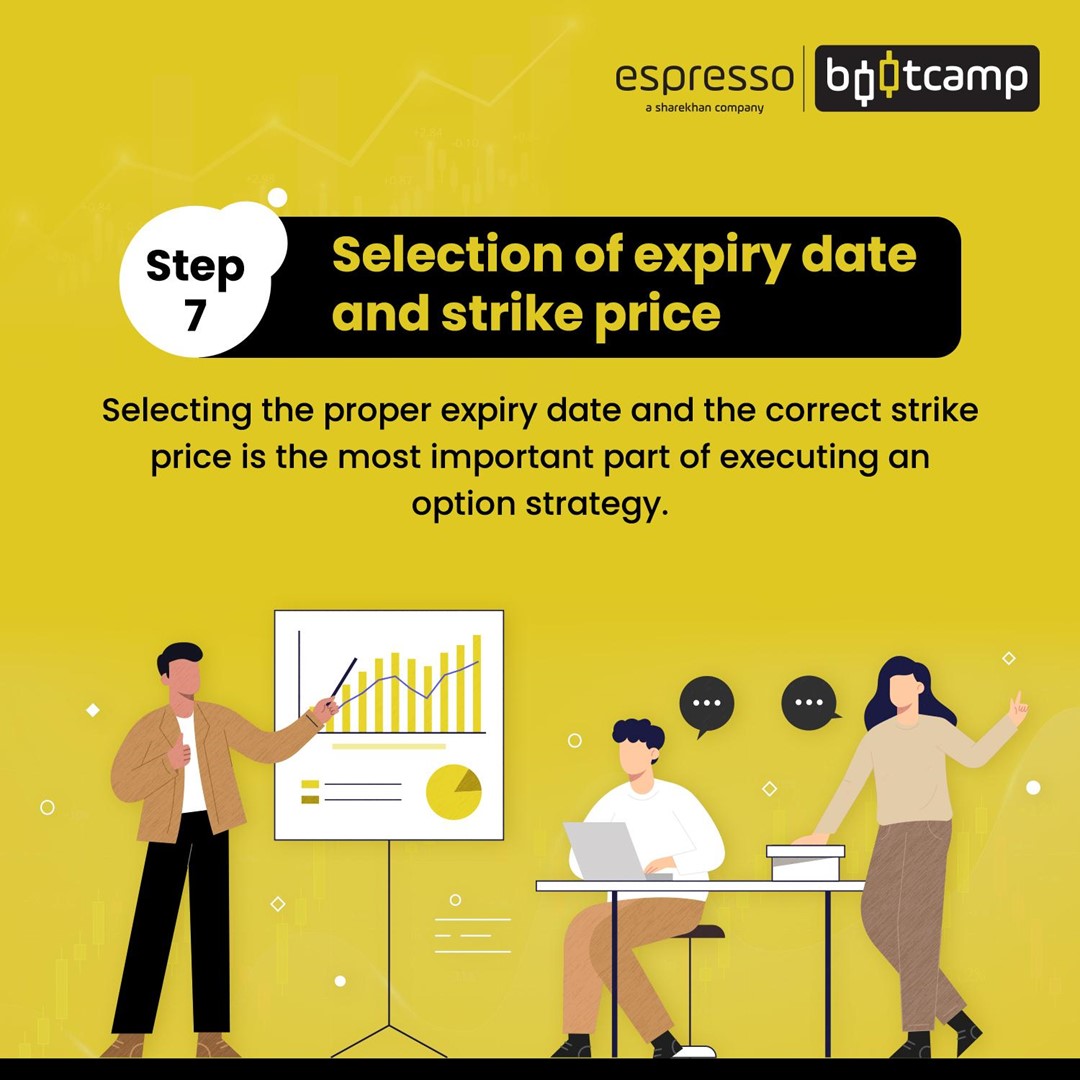
Market selection
The first task at hand is to select the market to trade in. The trader needs to decide which indices or stocks he will be trading in. He should check that the market is liquid enough so that the impact cost of his entry and exit is low. The selection of the market can be a function of the output of technical queries, chart analysis, or data analysis.
View on the market
Having a view of the market in terms of broad direction narrows the list of strategies to look at. If one is not sure of the direction, the trader can look at non-directional strategies. Since the market is said to trade in a range 70 percent of the time, a non-directional strategy works in majority of the cases. When in doubt, one can stay away from the market or initiate a non-directional strategy, which can be adjusted and made into a directional strategy later if the market suddenly changes course.
View on volatility
The next step is to have a view of volatility. In case of events like some policy decisions, budgets, or international events, market volatility tends to rise. A view of how the volatility of the market is expected to pan out, in the future, narrows the list further. The trader should be aware of the current implied volatility with respect to historical volatility. He can take the help of Implied Volatility Rank (IVR) or Implied Volatility Percentile (IVP) to select his strategies. There are certain strategies that work well when volatility is low and expected to increase; at the same time there are strategies that work well when volatility is high and expected to come down. There are option trading strategies for all combinations of volatilities.
Watch out for events
Often traders take a position in the market without knowing that they are heading into an event. Ahead of events volatility normally increases as anxiety level rises. Taking trades ahead of elections, budget, credit policy or earnings season can be risky and the market can move rapidly in any direction. Certain option trading strategies are designed to take advantage of such a situation. But if one has taken a position in the market with some other strategy, the sharp swing can result in big losses. Having a calendar of events helps in selecting the right strategy and more importantly, avoiding the ones that need not be taken.
Establish risk-reward
After looking at all the external parameters, it is now time to zoom in on the strategy. But before selecting the strategy it is important to know what you are willing to lose and how much are you looking to earn from the trade. Most option trading strategies have risk and reward defined at the time of initiating the trade. Based on all parameters, the trader can select the option trading strategies based on his risk tolerance. There are option trading strategies available for all types of risk-takers.
Selecting the Option Strategy
An options trader is normally spoilt for choice. The flexibility that options trading offers leaves a novice trader wondering which strategy to choose. After going through the checklist mentioned above, the trader can narrow down his choice to a select few strategies. Professional traders also take the help of Option Greeks to balance their portfolios, but retail traders need not get into those complexities at the beginning of their journey. It is beneficial to trade using a select few simple strategies that are designed for various conditions and keep on perfecting them, rather than run after new strategies. Put in place a couple of strategies for directional and non-directional trades to start with and then increase it as one gains experience. Pick and trade strategies that are close to your personality — that is, an aggressive one or a conservative one.
Selection of expiry date and strike price
Many traders normally trade what is in front of them, that is, pick up the current expiry and strikes that are closer to the market. At times this approach may work, especially at the start of a new settlement, as liquidity will be low in next-month expiries and out-of-the-money (OTM) strikes. There is scope for optimisation when it comes to selecting the proper strike price and expiry date for a trade that offers a good risk-reward ratio. Selecting strategies that are net debit closer to expiry has more chance of losing. Similarly, net credit strategies have a higher chance of making money at the start of expiry and when there is a sharp move in the market.
Conclusion
Options trading offers several opportunities to make money from the market. Depending on the potential for risk, a trader can select a strategy. Options offer the trader the chance to create own strategies, but that would be at a later stage when the trader has developed a good understanding of options. To start with, it is better to pick up off-the-shelf strategies and trade in them after checking the parameters. Things to remember Options trading can be a very complex exercise, but also highly profitable. Too many variables and too many options, make the game tough for newcomers. It’s therefore advisable to have a view on where the market is headed. If that’s not possible, one should either stay out or take a non-directional strategy, which can be adjusted and made into a directional strategy later if the market suddenly changes course. It’s important keep an eye on the volatility. Finally, before selecting the strategy, make sure how much you are willing to lose and how much are you looking to earn from the trade.
 0
|
0
|
 0
0
 Modules
Modules
 Watch
Watch 
